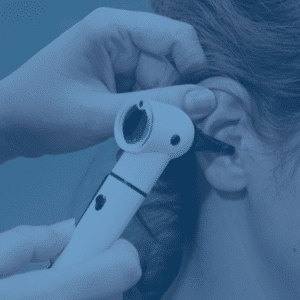Do Hearing Aid Batteries Expire?
Have you ever opened that kitchen drawer and found a little hoard of stuff you forgot you had? Maybe some stray rubber bands, a...
Posted on August 20, 2019
Hearing LossHearing only starts with your ears. It is the auditory system, which is composed of the outer ear, the middle ear, the inner ear and the auditory neurological pathway, that allows the process of hearing to occur. That process begins when sound waves enter the outer ear and are channeled through the other complex parts of the ear, the nervous system and into the brain. The physical characteristics of the original sound are preserved as various types of energy that the brain recognizes and identifies as a particular sound. So, in actuality, you hear with your brain!

However, when it comes to maintaining your auditory system, you lose it if you don’t use it. Just as the muscles in your body become sore when you exercise after a period of doing nothing, your auditory system will have a hard time getting back into shape should you suddenly decide to wear hearing devices, especially if you have gone a long time without treating your hearing loss. Your brain will lose some of its ability to process information due to lack of stimulation and as a result, it will be more difficult to recognize sounds – even with hearing devices.
To minimize the impact of auditory deprivation, you should address the hearing loss sooner once diagnosed rather than when the condition gets worse. Providing solutions and positive outcomes for patients with advanced/longstanding hearing loss can be done but with greater challenges as the condition of the neurological system is weak. Early intervention yields better results.
We recommend you receive a baseline hearing test beginning at the age of 40. During this test we can determine the lowest volume level you can hear at various frequencies or pitches. We can then reference this at subsequent testing and monitor changes. It is only through preventative care that we can help you prevent damage to your hearing system.
Have you ever opened that kitchen drawer and found a little hoard of stuff you forgot you had? Maybe some stray rubber bands, a...
Tympanosclerosis is a post-inflammatory condition affecting the tympanic membrane, or eardrum, and middle ear. Tympanosclerosis can result in hearing loss or be asymptomatic and...
Otomycosis is a fungal ear infection affecting the outer ear. Fungal ear infections are less common than bacterial infections, making up 10% of all outer...
Ear pressure is the feeling that your ears are full, stuffy or plugged. Often compared to the sensation of having water in your ears,...